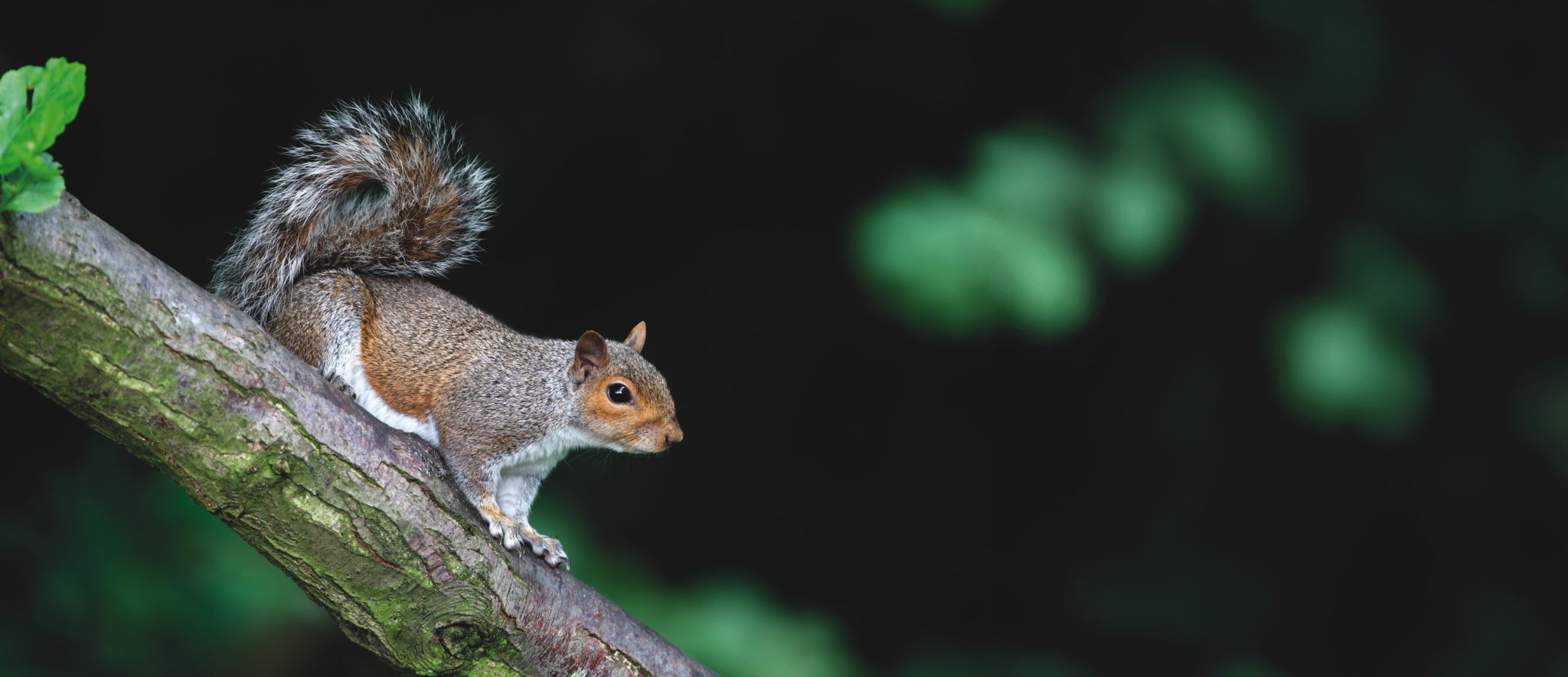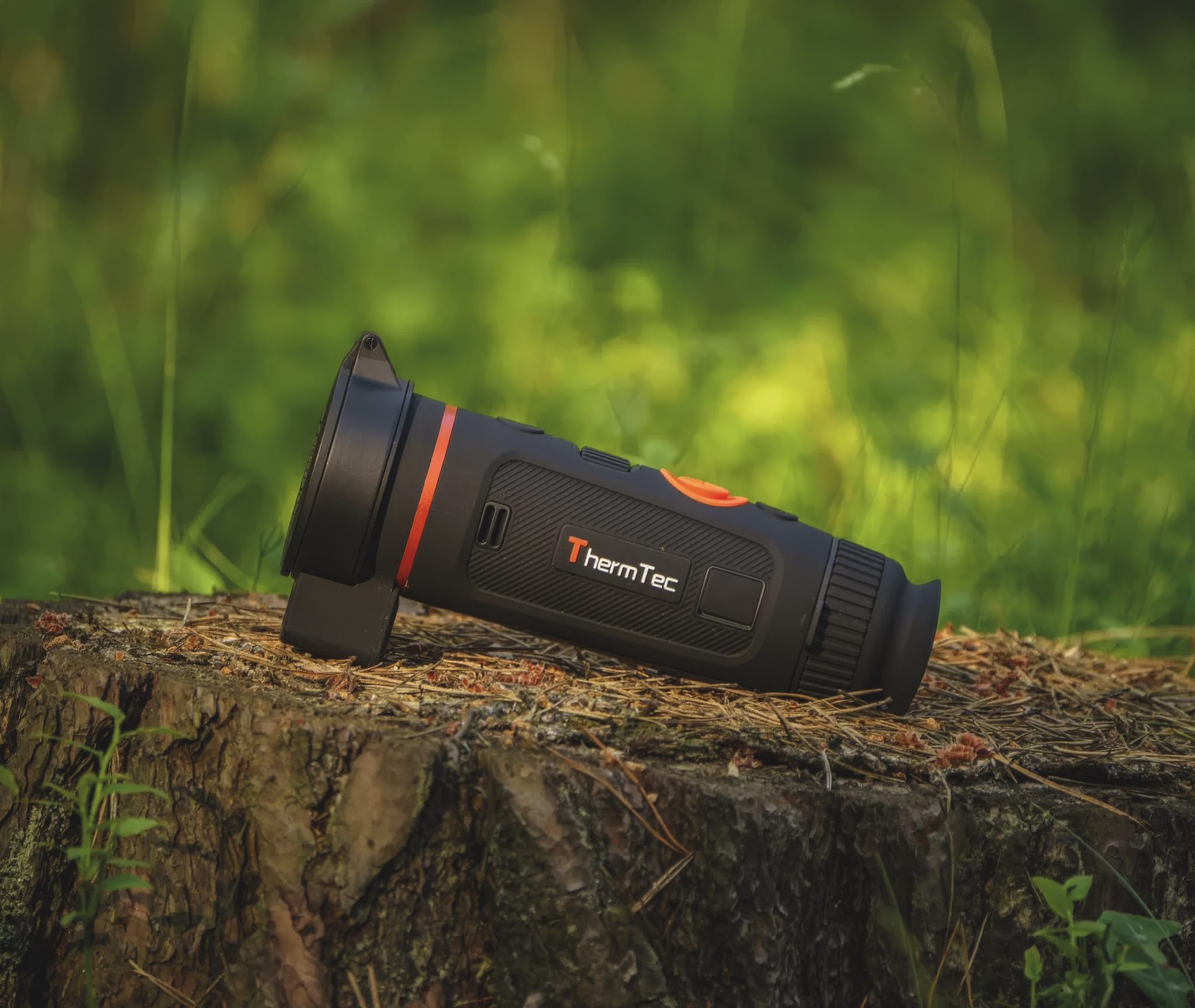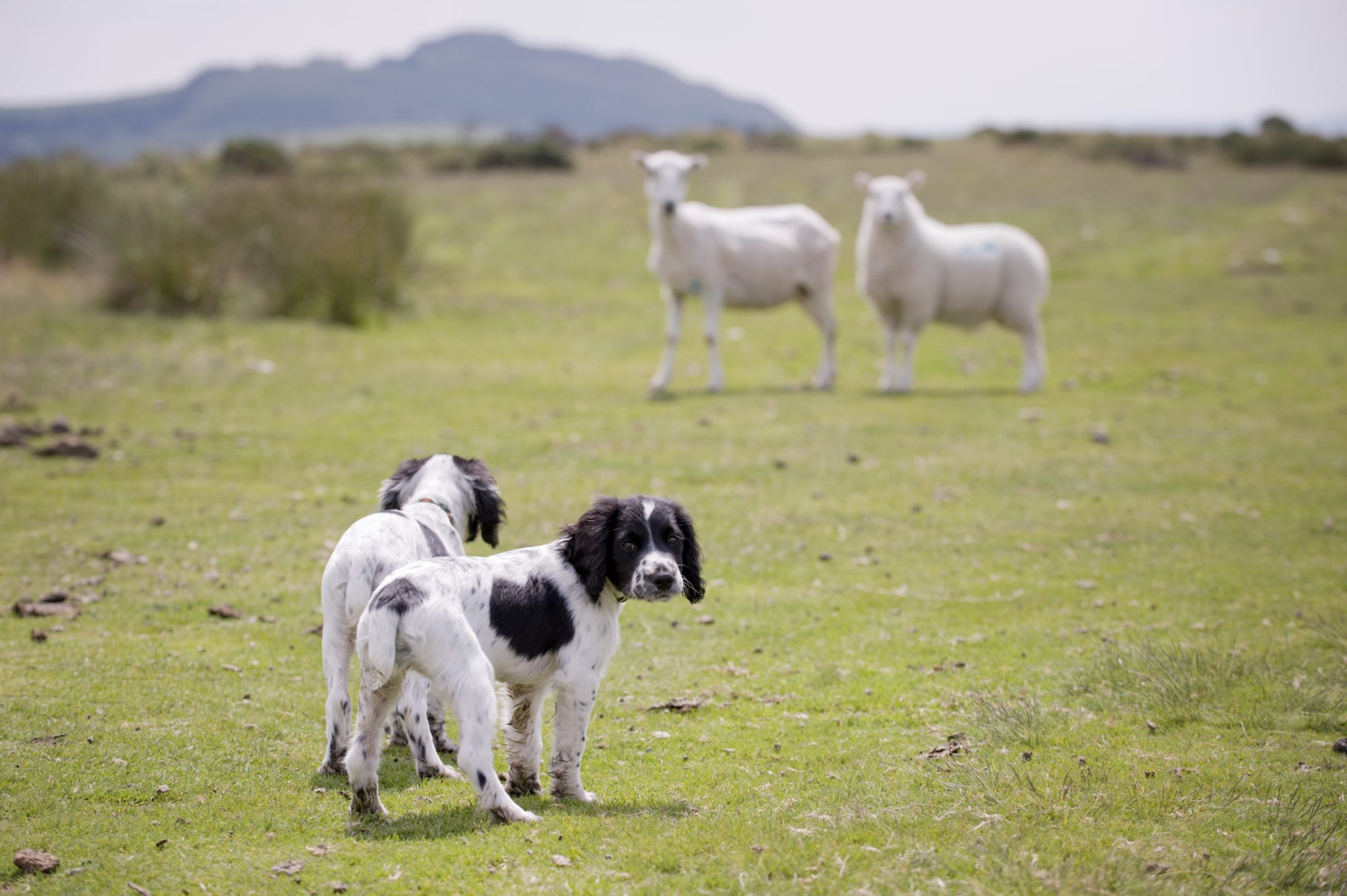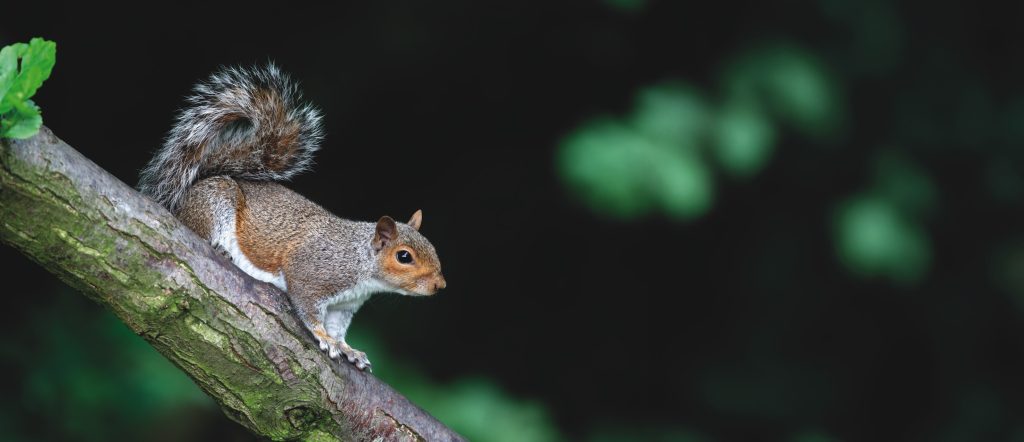Win CENS ProFlex DX5 earplugs worth £1,149 – enter here
Mixed shooting at Euston Hall in Suffolk
Euston Hall: The Duke of Grafton is following in his ancestor's footsteps to offer mixed shooting at Euston Hall.
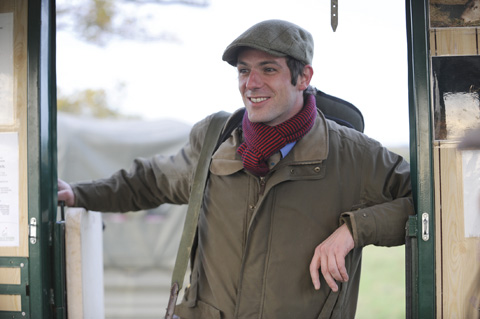
The Euston Hall estate near Bury St. Edmunds in Suffolk has undergone some pivotal changes recently. After the 11th Duke of Grafton died last year his now 34-year-old grandson, Harry, succeeded the Dukedom – making him one of Britain’s youngest dukes. A very keen shot, he has now taken over running the shoot in conjunction with headkeeper Karl Lindley.
The estate comprises more than 10,000 acres of woods and arable land, boasting 50 different drives over three beats. In 1902, the estate developed the famous Euston System, which is designed to help increase wild pheasant and partridge numbers. Karl explained that the eggs are taken as they are laid and replaced with eggs that have been saved from the year before and boiled.
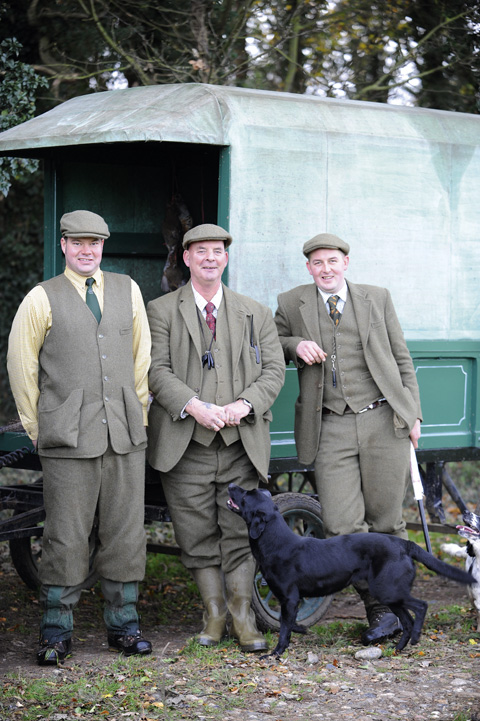
“The removed eggs are set under hens or incubated and when they have reached the chipping stage are returned to the natural mother, who finishes the hatching and knows no difference,” he said.
“This system achieves a much higher survival rate as it is rare for a partridge to bring off a large brood successfully, especially on a modern farm where insect food is scarce.”
This method has proved fruitful and the hard work is paying off:
“We have had a successful rearing season. Careful monitoring of bloodlines is carried out at the beginning of every season to ensure a strong, high flying bird.”
This shoot day started with a traditional breakfast of bacon rolls in the east wing of Euston Hall, an imposing brick mansion dating back to 1670. The estate grounds, which were designed by noted landscape gardeners, William Kent and Capability Brown, are immaculate. It is easy to imagine Downton Abbey-esque shooting parties congregating on the beautifully edged front lawn.
After a short briefing by the Duke, the guns were loaded into the purpose-built wagon and taken to the first drive of the day, Sheep Walk Belt. The nine guns were lined out in a gentle arc facing tall conifers, which guarded a square of maize cover crop. With the wind in our faces, we waited for the first flurry of birds to appear. An errant brown hare bolted down the line but did little to distract the expectant guns, who were totally focused on the skyline. On peg six, the Duke was ready with his late grandfather’s William Powell 12 bore. A hen bird was the first to break cover, shortly followed by a flurry of perfectly presented mature birds. Despite the flatness of East Anglia, every bird was challenging. I was impressed that Karl and his two beatkeepers, Lee Pearson and Julian Bond, were able to achieve such a feat of elevation. The line of guns wasted no time in felling pheasants. A stylish shot, the Duke showed his sporting pedigree by picking only the highest birds.
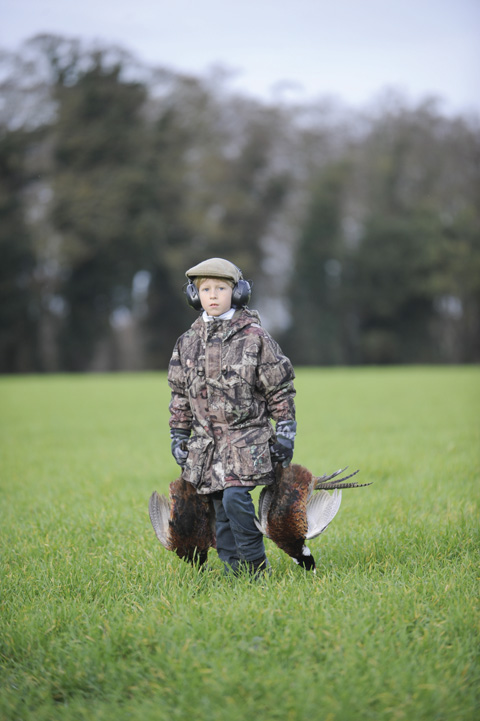
So how does it feel to inherit such an eminent title at such a young age?
“My father’s sudden death in 2009 was a shock to everyone – I never expected to be in this position at just 32. Moving into Euston Hall with my new wife, Olivia, felt a little daunting at first. The hall contains a collection of paintings of the court of Charles II and includes works by celebrated Dutch painters van Dyck, Lely and Kneller. It is a big responsibility, but one that we are relishing.”
The Duke explained that his family used to have two estates, Wakefield in Northamptonshire and Euston.
“Their attraction to Euston Hall was mainly for horseracing and rough shooting with muskets, but they preferred Wakefield for the hunting. Once there had been significant advances in shotgun technology, mixed shooting at Euston Hall became the preferred sport. They eventually sold Wakefield after the First World War and have been shooting at Euston Hall ever since.”
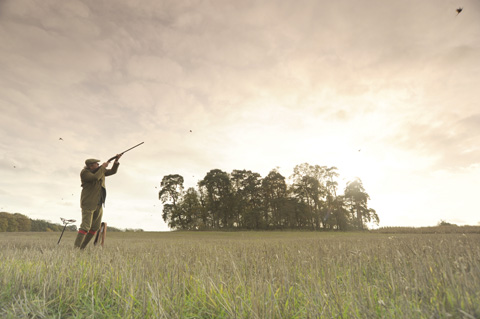
The second drive took place over similar terrain. By now, the blue sky had conceded to a full covering of cloud, making the mixed shooting conditions ideal. Harry Lopes was in the middle of the line. Splitting his time between business in London and his family’s arable farm in Devon, Harry is a devoted rifle and shotgun shooter.
“For me, the Euston Hall estate is a proper Edwardian shoot,” he said. “It is like stepping back in time – the Duke ensures every detail of the day is taken care of,” he said, just before we both spied a young roe doe bolt from the cover crop. Harry wielded his old shotgun with perfect precision, bringing down all but one bird, which neighbouring gun Jonas Jonhede claimed. To my surprise, Harry explained that he was thinking of auctioning the pair of beautifully engraved John Powells he had brought with him. “Ideally I would like something a little more finessed – I find this gun a little clunky for my tastes.”
After the drive, we were ushered back to the gun bus for elevenses in the field. The drop in temperature meant the hot bullshot and sausages were most welcome. The party was also treated to homemade bullace gin, which was passed around in glasses etched with the Euston Hall estate logo.
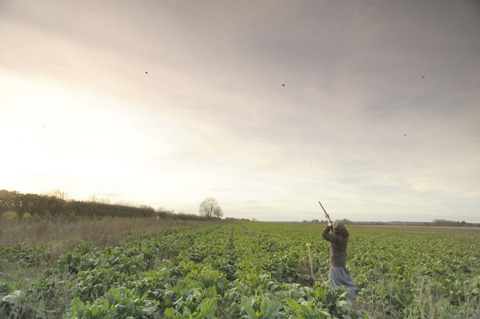
For the pre-prandial drive, I loaded for esteemed cookery writer Blanche Vaughan. Paralysed in one eye after a car accident a few years ago, Blanche has had to teach herself to shoot left-handed.
“It gives me a fabulous excuse to miss,” she quipped. “Just before the accident I had commissioned Purdey to make me a matching pair of side-by-side shotguns. I thought I would never shoot again but thankfully I have overcome the results of the accident through dogged perseverance.”
An expert forager and gardener, Blanche regularly writes for The Guardian and recently brought out a critically acclaimed book entitled The Great British Food Revival, which was written in conjunction with Michel Roux Jr and Clarissa Dickson Wright.
The line of guns stretched out in a field of rough grass in front of a large spindleberry tree, laden with bright orange and pink fruit. Dressed in an elegant ankle-length tweed skirt, Blanche raised her gun to a racing cock bird, and killed it with her first barrel. Just as the other guns cheered, Blanche shot a hen bird to complete an impressive left-and-right.
Lunch was served in the Old Kitchen at Euston Hall – an airy room adorned with several impressive red deer trophies. As well as its driven mixed shooting, Euston Hall estate is internationally acclaimed for its deer stalking, boasting some of the largest-bodied red deer in the British Isles. Managed by estate stalker Chris Rogers, many visiting guns also take up the opportunity to go out with a rifle. Earlier in the day Chris had told me that the estate is home to a few fallow, numerous muntjac, a healthy head of roe deer and transient herds of the majestic reds from the Breckland and Thetford population.
“There are around 1,800 acres of woodland on the estate, and the remaining ground is farmed for cereals and root vegetables,” he said. “With this sort of nutrition on their doorstep, it is no wonder the red deer in Thetford grow so large.”
Whether the shoot lunch is taken in the field, a tumbled-down barn or lavish dining room, it is undoubtedly one of the most important components of the day. The three-course meal consisted of creamy ham and chicken short-crust pastry pie with seasonal vegetables and dauphinoise potatoes, followed by rhubarb crumble and cheese and biscuits, all prepared using local ingredients by the visiting chefs from The Fox Inn in Honington.
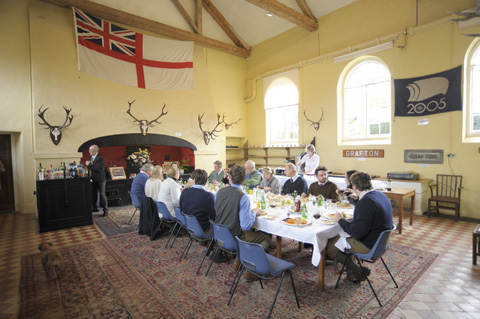
Over lunch I further quizzed the Duke about the shoot.
“We let between 40 and 45 days each season and can offer days of between 200 and 300 birds. There is also the option to shoot with me and family friends as part of the syndicate. We are not one of these estates that only shoots on a particular day – we work around what guns want and can accommodate any day of the week.”
As we waited for Karl to check in with the bag total so far, all the guns put in to a sweepstake, with half of the money donated to the Game & Wildlife Conservation Trust.
“We have always supported the work carried out by the GWCT – they are a vital resource for ensuring mixed shooting and the countryside keep in balance,” said the Duke.
Typically, guns shoot six drives on a let day, but this particular group had only requested five because many had to leave early. The Duke had saved the best for last – the Gravel Pit saw the team positioned on a young sugarbeet field facing more maize cover crop. Again, the topography was completely absent of hills, gulleys or valleys. In fact, the old adage ‘flat as a flounder’ came to mind. Given that this was a dedicated partridge drive, I was intrigued to see how the diminutive birds would fly. The quarry did not disappoint. Standing behind investment banker Bill Tyne and his daughter, Emily, was a delight as we cheered on his impressive snap-shooting. The mature birds poured from the intended flushing point, providing sport for the entire line.
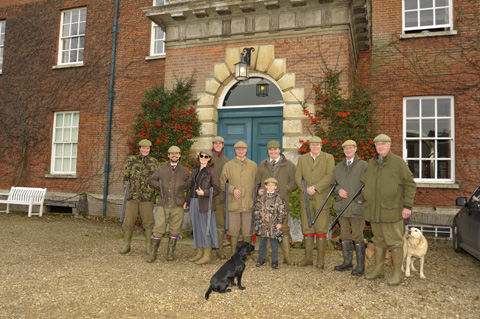
Euston Hall estate is an impressive operation. The new Duke is bristling with ideas for the shoot but is taking over from a good starting place. The estate and shoot have clearly been well looked after during the past century. It is hard to see how the operation could actually be improved, but I am sure the new generation at the helm of Euston Hall will continue the tradition for excellence.
Euston Hall estate offers 200-300 bird let days at £29 + VAT per bird. Tel 01842 766366 or email: shoot@euston-estate.co.uk.
For more shoot features click here
Related Articles
Get the latest news delivered direct to your door
Subscribe to Shooting Times & Country
Discover the ultimate companion for field sports enthusiasts with Shooting Times & Country Magazine, the UK’s leading weekly publication that has been at the forefront of shooting culture since 1882. Subscribers gain access to expert tips, comprehensive gear reviews, seasonal advice and a vibrant community of like-minded shooters.
Save on shop price when you subscribe with weekly issues featuring in-depth articles on gundog training, exclusive member offers and access to the digital back issue library. A Shooting Times & Country subscription is more than a magazine, don’t just read about the countryside; immerse yourself in its most authoritative and engaging publication.



